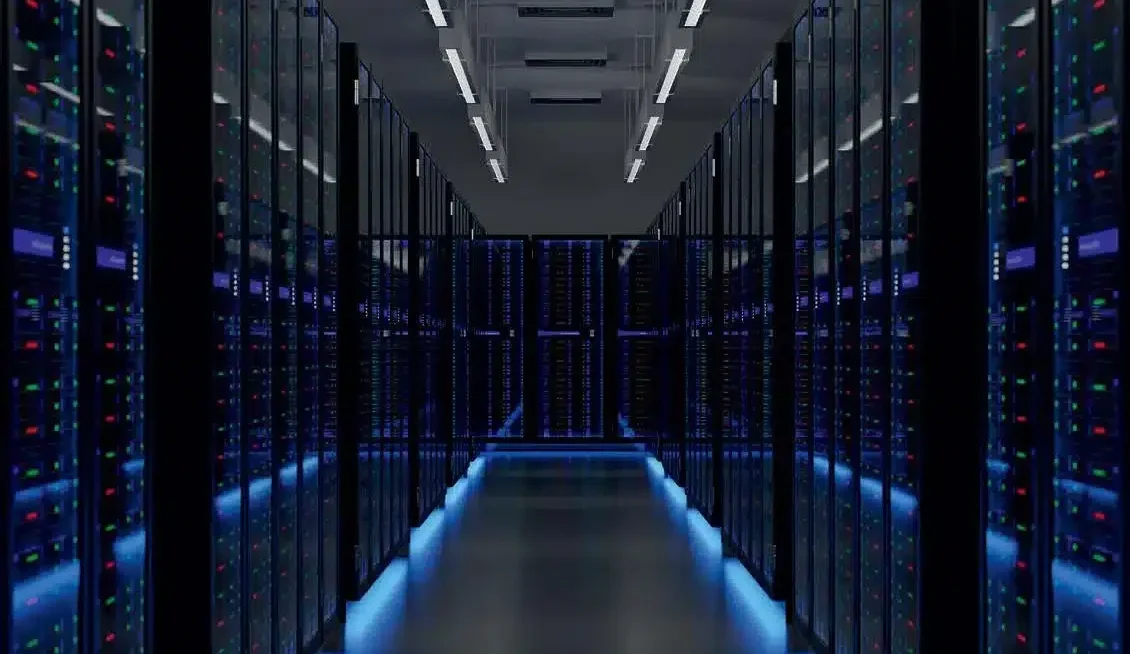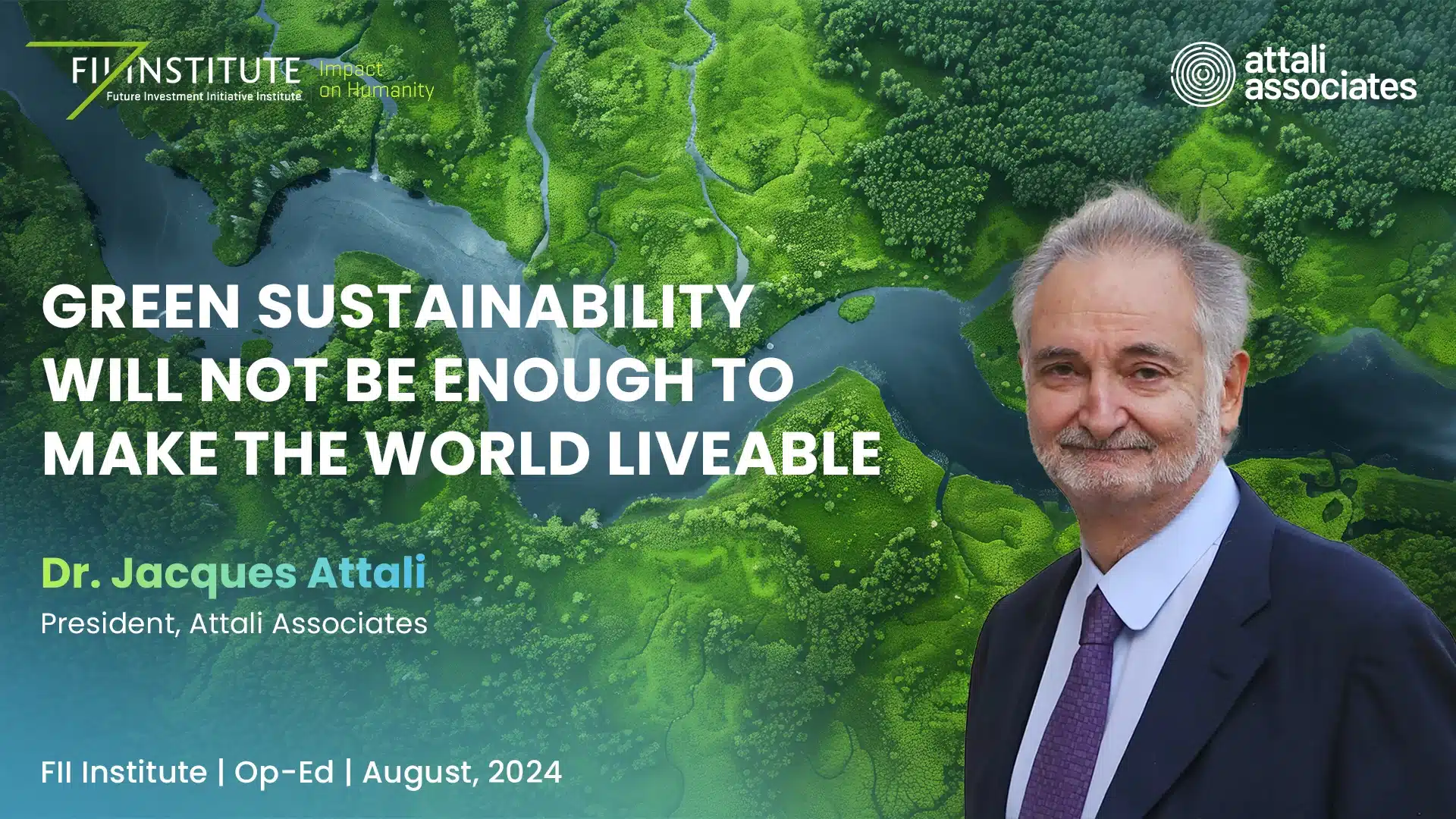A NEW AGE OF GLOBALIZATION
Technology is the main driver of long-term change. In a recent book, The Ages of Globalization, I described how a series of fundamental breakthroughs in technology have ushered in new ages of globalization, each with its own living standards, inequalities, power relations, population dynamics, and geopolitics. The world has entered a new age of globalization with the digital technologies of computation, connectivity, and artificial intelligence. An urgent goal of economic science today is to understand how AI will reshape society, and how our economic and political institutions should adapt to reap the greatest benefits of the new technologies.
In my studies, I have identified seven major ages of globalization. The first was built on the discoveries of fire, language, and tools, roughly 50-300 thousand years ago, which gave rise to modern humans (Homo sapiens). The second followed the discovery of agriculture roughly 10,000 years ago, which converted humanity from hunter-gatherers to farmers settled in village. The third was the domestication of horses roughly 5,000 years ago, which gave rise to the first empires. The fourth was the invention of alphabetic writing systems and books, roughly 3,000 years ago, which gave rise to an explosive growth of knowledge-based societies and the birth of philosophy. The fifth was the breakthrough to trans-oceanic navigation roughly 600 years ago, that gave rise to first truly global empires (Portugal and Spain, followed by Holland, Britain, France, and others). The sixth was the large-scale harnessing of fossil fuels with the invention and improvement of the coal-powered steam engine around 250 years ago, which ushered in the age of industrialization, first in Britain and then gradually throughout the world. The seventh began in the 1930s with the theories of computation of Alan Turing and John von Neumann, followed by the electronic computers in the 1940s, transistor-based logic circuits in the 1950s, microprocessors in the 1960s, the Internet in the 1970s, artificial intelligence from the 1950s till today, and many other digital breakthroughs.
BREAKTHROUGHS AND INNOVATION
To understand what might happen to the global economy and society in the digital age, let’s consider briefly the manifest changes ushered in by the modern steam engine in Britain roughly 250 years ago. The steam engine gave rise to a massive upscaling of industrial production in Britain (textiles, steel, others), new forms of transport (notably the railroad and ocean steamer), a massive increase in Britain’s military power, rapid urbanization (around new factory towns), and conquests of the British Empire. Steam power, we can say, made Britain the hegemonic power of the 19th century. And of course, the impetus of Britain’s industrial economy led to a cascade of further technological breakthroughs in the 19th century throughout Europe and North America, including telegraphy, telephony, electrification, the internal combustion engine, industrial chemistry, the automobile, radio, and far more.
Crucially, the steam engine changed how we live (giving rise to rapid urbanization), average levels of income (rising during the 19th century), new forms of inequality (for example as manual spinners and weavers lost their job to the spinning jenny and power loom), and new forms of global power, nothing less than a world ruled by Britain from around 1850 to 1914. The entire life cycle changed dramatically in the course of the 19th century in Europe and the US, with more schooling, fewer working hours, the invention of new forms of leisure, and even the advent of “retirement” for the lucky small portion of urban society who survived into their sixties. Gender roles also began to change, as women entered the hired workforce with new jobs for women in industry, teaching, social work, and other urban activities.
This brings us to the digital age, and notably to artificial intelligence. We are already witnessing very large changes brought about by the digital age in general, including computation, connectivity, robotics, and AI. Industrial robots have already replaced millions of jobs in industry and reduced the wages of blue-collar industrial jobs relative to white-collar professional jobs (finance, healthcare, education, public administration, management, and so forth). Good jobs already require more schooling, in what has been called a race between technology and education. A high-school education was once the ticket to the middle class. No longer. Now a tertiary education of some kind is needed, or at least an advanced skill-set (such as computer coding or other STEM skills).
AI AND FUTURE OF WORK
Digital connectivity has of course also fundamentally changed how we live and work. The empty office space throughout Manhattan testifies to the new work-from-anywhere principles of virtual offices, online conferences, cloud computing, e-books, online entertainment, and all of the other digital changes that make physical presence unnecessary for countless kinds of work and leisure. This is turn is reshaping where people live, whether or not they commute, and of course the kind of jobs they accept and seek.
The recent breakthroughs in AI, including those of the past decade in deep neural networks that solve specific complex challenges (chess and go, protein folding, facial recognition, self-driving vehicles), and the more recent breakthroughs in large-language models such as ChatGPT, will accelerate disruptions in the labor market and substantially reshape the distribution of labor-market earnings. Millions of workers will surely lose their jobs entirely. Others will see their efficiency and earnings bolstered by AI. A large part of the workforce will have to re-tool as their jobs are reshaped to harness the potential of the new technologies.
The implications for the gap between rich and poor countries are also complex, and are still not understood. Poor countries will reap tremendous benefits from AI-empowered healthcare, education, public administration, and management of infrastructure. Skilled workers in poorer countries will be able to maintain global careers from their home locations, without the need to migrate as in the past. But there will be adverse effects as well. The long-proved pathway to development through labor-intensive manufactured exports is no more. The AI-empowered robots have taken the jobs.
ANTICIPATING AI REVOLUTION
Public policy will have to go into overdrive in the coming years as the AI revolution sweeps across all parts of the world. First, in every country, studies will be needed to understand – and anticipate – the changes ahead given global trends in technological advances and adoption patterns. Second, new forms of education and training will urgently be needed by workers across the economy. Third, new forms of “pre-distribution” (public services that empower the poor in the new AI-driven economy) and fiscal redistribution (transfer payments to those hit hard by job losses or cuts in earnings) will be needed. And to pay for all of this, new forms of public finance will also be required. Big Tech, and its founders and owners, have become fabulously rich, indeed unimaginably so. A key question that lies ahead is the best forms of taxation of the digital economy in order to finance the public investments, public services, and transfer payments in the new digital economy.
The new Task Force on Macroeconomics, Poverty and Inequity of the Columbia University Initiative on AI and the Future of Work will address these deeply fascinating, utterly novel, and vital challenges. We know that huge changes in society lie ahead. It’s not good enough for us to sit back and watch the show. We need to shape the changes ahead so that AI fulfills its vast potential to raise living standards and wellbeing, not for a few, but for all parts of society and all regions of the world.





